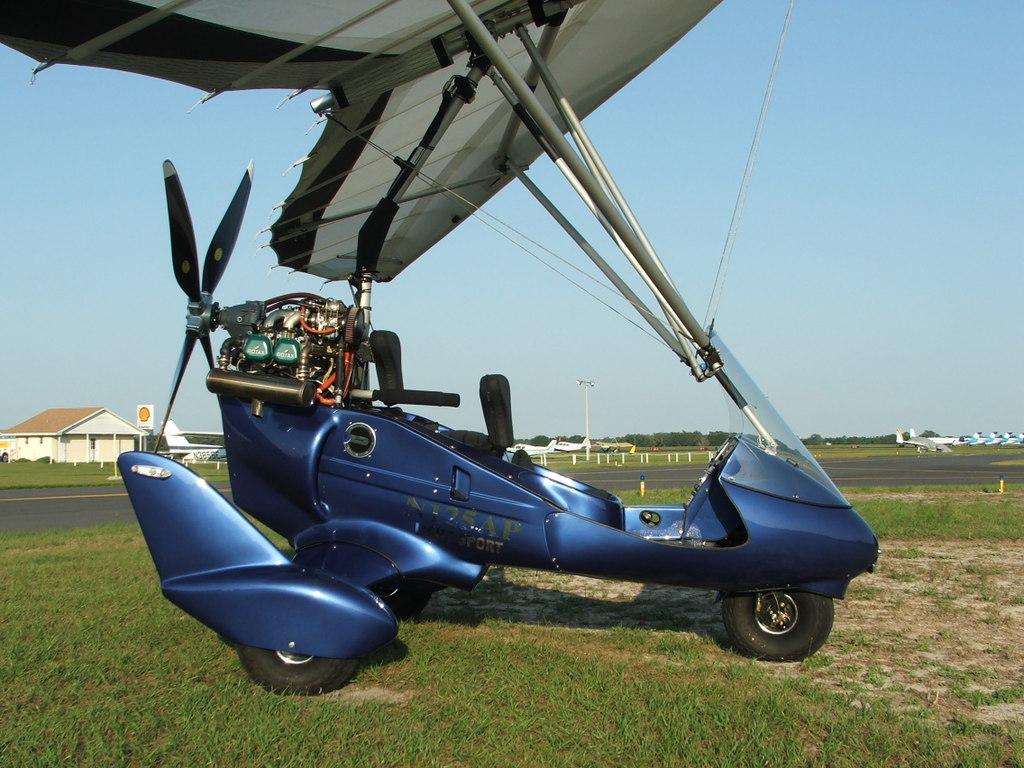SixPapaCharlie
May the force be with you
- Joined
- Aug 8, 2013
- Messages
- 16,012
- Display Name
Display name:
Sixer
Here's a question that might be dumb but it was never explained to me.
When approaching a class C airport, it will say on the sectional, contact app within 20 nm.
Is that only a requirement if you are landing there.
The whole time I have bene flying, I have always contacted the approach for class C airports when I pass within 20 miles. They give me a squawk and I end up on flight following.
It just dawned on me that maybe that note on the map is just for those intending to land there.

When approaching a class C airport, it will say on the sectional, contact app within 20 nm.
Is that only a requirement if you are landing there.
The whole time I have bene flying, I have always contacted the approach for class C airports when I pass within 20 miles. They give me a squawk and I end up on flight following.
It just dawned on me that maybe that note on the map is just for those intending to land there.




